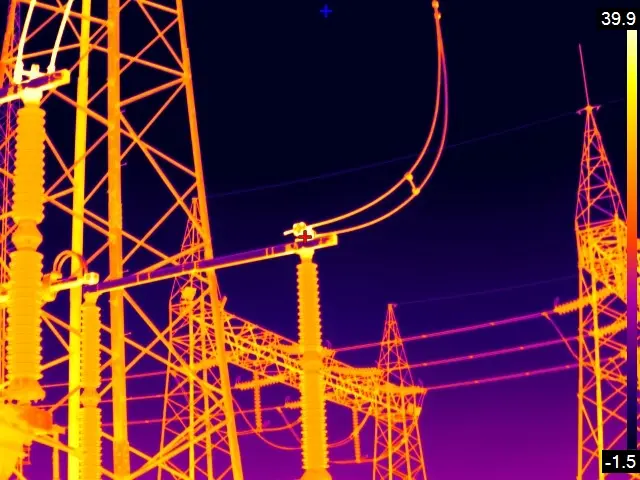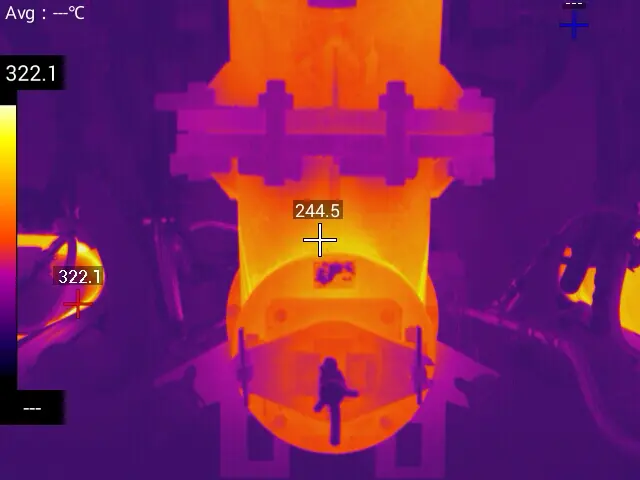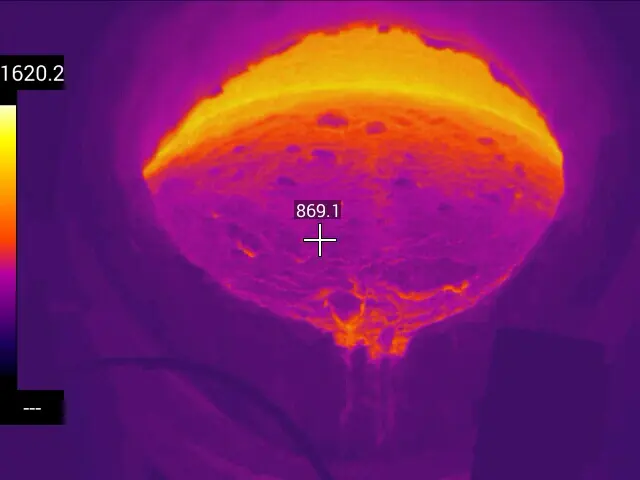Infrared temperature measurement technology is a technique that measures the temperature of an object by detecting the infrared radiation emitted by the object using infrared thermal imaging technology. It is widely used in medical, industrial, and architectural fields. This article will provide a detailed explanation of the principles, applications, and future development of infrared temperature measurement.
I. Principles of Infrared Temperature Measurement Technology
Infrared temperature measurement is based on the theory of thermal radiation. It utilizes the principle that the infrared radiation energy emitted by an object is proportional to its surface temperature. By using an infrared detector, it detects and measures the temperature of the object. The advantage of infrared sensors is that they measure the temperature of the object’s surface without contact, thereby avoiding damage or contamination to the object. Additionally, infrared temperature measurement can be performed in environments with high or low temperatures, as well as in dark areas, due to its wide operating temperature range.

II. Applications of Infrared Temperature Measurement Technology
Infrared temperature measurement technology is widely used in various fields, including medical detection, industrial applications, and building inspections.
In the medical field, infrared temperature measurement technology can be used for body temperature detection. Especially during epidemics, non-contact measurement of body temperature can effectively reduce the risk of cross-infection. Additionally, infrared temperature measurement technology can be used in medical diagnosis to detect local inflammation, skin lesions, and other conditions.
In the industrial field, infrared temperature measurement technology can be used to measure the temperature of high-temperature equipment, such as furnaces and heat treatment devices. It can also be used to measure the temperature of electronic components to prevent damage caused by overheating.
In the building field, infrared temperature measurement technology can be used to detect water leakage in buildings, thereby improving their waterproofing performance.

III. Future Development of Infrared Temperature Measurement Technology
With the continuous advancement of technology, infrared temperature measurement technology will continue to develop and improve. In the future, the development of infrared temperature measurement technology will mainly focus on the following aspects:
More accurate temperature measurement techniques: Current infrared temperature measurement technology can achieve measurements with an accuracy of around 0.2°C. However, for even higher precision measurements, continuous optimization of sensors, algorithms, and other technical aspects is still required.
Widened application scope: As people increasingly focus on health, environmental protection, and other issues, infrared temperature measurement technology will be applied in a wider range of scenarios. For example, it can be used in food safety and environmental monitoring.
Integration with other technologies: The fusion of infrared temperature measurement technology with other technologies will expand its application scope. For instance, combining it with artificial intelligence and big data can realize more intelligent applications, such as infrared temperature-based smart homes and smart industries.

In conclusion, infrared temperature measurement technology is a highly useful measurement technique that can be applied in medical detection, industrial temperature measurement, building inspections, and various other fields. With the continuous advancement of technology and the expansion of application scenarios, the future development prospects of infrared temperature measurement technology are broad.
Go Top